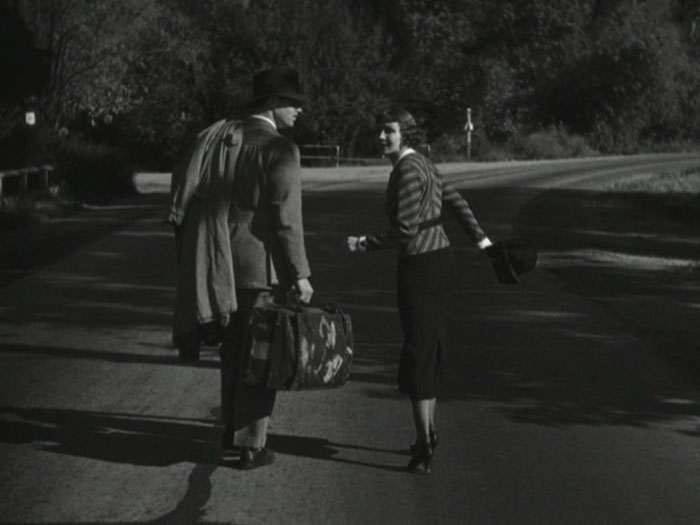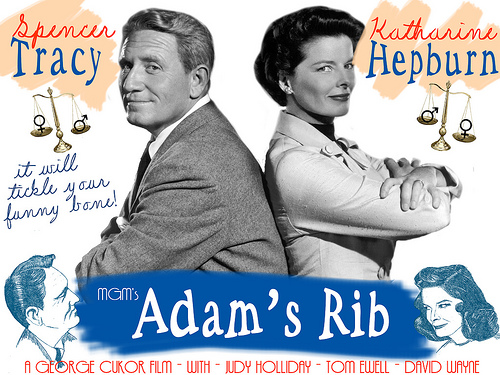
Updating the Allegory
One important thing I learned writing Avatar Emergency was that the tradition of Descent (Avatar) I reviewed in search of a relay for an electrate identity formation (a collective subject)--a Western equivalent of an encounter with the Absolute-- culminated in the work of Ralph Waldo Emerson, in a version native to America. Emerson condensed into his Self-Reliance (Transcendentalism) the entire tradition of communication between god and man, in versions both East and West. The insight was chastening, to some extent, in that the authority I relied on in AE, Nietzsche (the adoption of his motto from Pindar--to become what you are), was learned in part from Emerson! A reason for insisting on the relativity of our pedagogy for a global apparatus, then, is just this local character of our scene of instruction. There is a scene of instruction proposed here for an electrate education, but you have to test it for yourself. What we provide is testimony, even testimonial, to describe our own engagement with this prototype, my own striving to persevere in my own being, to become what I (already) am.
The best account of the contemporary continuing relevance of Plato's Republic, and specifically of its essential scene of education expressed in the Allegory of the Cave, is provided by Stanley Cavell, in his book Cities of Words. This extraordinary text is a record and review of a course that Cavell taught at Harvard for many years. What is the Cave today? Plato already challenged his contempoaries by declaring that the "Hades" of Orphic Descent was their own everyday life world. Today the Cave is the illusion or even delusion of everyday life: "Conformity" for Emerson; "Inauthenticity" for Heidegger (the "They"); "Ideology" or "Doxa" for critical theory. The scene of instruction relevant to the educational model we seek happens by means of a conversation, dramatized in the dialogues. The conversation for the Classical Greeks is between or among friends, as in The Symposium, exploring who is the best lover. Cavell proposes that today the therapeutic dialogue remains valid, with metaphysical friendship today modelled in the film genre he identifies as the Remarriage Comedy. The profundity of Cavell's insight into the tradition and the import of this conversation cannot be overestimated.
The first lesson is that cinema, even Hollywood popular culture, in a genre of "women's films" that may be unique to the United States, is adequate to conducting the work of philosophy in transition from one apparatus to the other. Cavell's insight is that these romances perform the journey or path out of the cave, out of the dark into the light, the path from enthrallment to conformity and expectations of others (they), to discover and act upon one's own desire, to become what one is (to fulfill one's potential or capacity for experience). The capacity in question is that of the person to change, to turn (con/vert, or a/vert as Emerson says), to remain open to a further, better version of oneself. This journey requires a guide, a friend with moral standing, to whom one is vulnerable, open (it is a reciprocal openness). There is a choice, a decision, at the core of identity, dependent upon phronesis, the virtue of Prudence (the theme of Avatar Emergency). The choice is between life or death. What does this mean? It may be seen in the difference between the genre of romantic comedy and melodrama. In melodrama there is an internal obstacle, something that resists, chains and freezes or fixes the subject, in the cave, as in Letter from an unknown woman (Max Ophuls). Cavell notes that the theme, if not exactly the genre itself, continues in such films as Monstruck, or Groundhog Day. The uncanny match with Avatar Emergency is that my example of a contemporary version of descent (Daimon in the Western tradition), was Michael, directed by Nora Ephron, which falls within Cavell's definition of remarriage comedy.
The conversation, the friendship, does not happen in melodrama. Or, at best, the realization of possibility comes too late, the encounter with life is missed. To choose life is dramatized today as a couple forming from two individuals at odds, as in It Happened One Night, directed by Frank Capra, starring Claudette Colbert and Clark Gable. Cavell proposes one scene, one sequence from the narrative, to emblematize the formation of the couple, their emerging love relationship, entering into life, that is, becoming eligible for happiness. The shift from conformity to acting upon one's own desire (the moral imperative) begins with the articulation of experience into public diurnal pretense and intimate nocturnal companionship. We already glimpse an instruction for revision (how to exceed this model), to reconsider the importance of night and darkness in this articulation (against the denigration of darkness in the cave). The pair negotiate their mutual transformation from isolated manipulation of circumstances to authentic experience (love) through conversation (dialogue). Cavell selects as emblematic of this burgeoning intimacy, emblematic of the genre, a scene on the road (the journey, the way). There are four parts to the emblem: the pair are 1) on the road; 2) walking; 3) together; 4) away from the camera. It is a kind of "wedding photo," Cavell suggests, lifting out of ordinary anywhere this achievement of human life, a capacity (without guarantee) for happiness.
Share this
Comments

Moral Perfectionism

We are learning from Sen and Cavell about the current standing of the relation of education and justice. Cavell reviews a tradition identified as "moral perfectionism" running from Plato's Republic to Emerson's "Self-Reliance," that is distinct from the established account of justice in the dialectical binary opposing deontological (Kant) principle to teleological (Mill) utility, motives versus consequences, right versus good. Moral perfectionism offers a third orientation, focusing on capacity (capability), the potentiality of the individual life. To associate "capability" with "potentiality" signals a contemporary shift in metaphysics, away from the actual as the real to the virtual, to possibility and even on into impossibility as ontological. Sen and Cavell take us only part way along this path, but our invention opens with their help.
The scene of the contemporary allegory is domestic, a situation in everyday life, as in the remarriage comedies and melodramas described by Cavell. These narratives often find their catalyst in a newspaper story, such as the one at the beginning of Adam's Rib--an account of a jealous woman shooting her husband caught in adultery--that puts at odds the protagonist couple, both of whom are lawyers. The relevant point is that journalism, known as the fourth estate, is an institution of advanced literacy, essential to the "imagined community" of the literate apparatus. The kind of events and manner of reporting generalize into a cultural practice the categories invented by Aristotle: the ability of propositional statement to distinguish true from false with respect to Who, What, When, Where, Why. Electracy takes up where literacy leaves off, opening the possibility of a fifth estate, to do for ordinary quotidian existence in which "nothing happens" what literacy did for the dimension of extraordinary happenings. Orality addresses right-wrong for salvation, literacy addresses true-false for proof, electracy addresses attraction-repulsion for well-being.
The impetus of justice for education begins in the contemporary cave with a feeling of dissatisfaction, an intuition of disparity between outer conditions and inner feeling. This restlessness is possible because of human capacity, the intellectual virtues, the three kinds of knowledge articulated by the tradition, codified in Kant's three critiques. Cavell emphasizes the distinction between Pure and Practical Reason: the first is our ability to understand through our senses the necessity or laws of material existence; the second, using the same "reason," is awareness of our freedom to choose a moral law that contradicts the limitations of nature. Kant initiated the philosophical engagement with electracy when he promoted the third kind of knowing--aesthetic judgment--to equal standing as a fundamental capacity or virtue of intelligence. Our project takes up the revision of metaphysics needed to include "desire" as ontological, as the order of being. Moral perfectionism is one account of the imperative in this register to act upon one's desire, not to give up on a further version of one's identity, not to accept a life of quiet desperation (as Thoreau put it) or of silent melancholy (Emerson).
The educational path we are designing takes us into this order of desire. Meanwhile, to appreciate the value of film as contemporary allegory, we take Cavell's point that the marriage dramas are miniaturizations of the possibility, desire, and manner of living together in the city at large, in the society and civilization as a whole. The models of justice identified so far are recognizable as favoring one of the three intellectual capacities (virtues): constraints of necessity (utilitarian); freedom of right (deontological); desires of potentiality (moral perfectionism). One way to approach electrate Justice is to consider a syncretism of these three stands: is it possible to integrate into one practice the what is right, true, and desirable?
